Best Flowers to Plant in Winter Australia
Winter, the season when we crave nothing more than to cosy ourselves in our homes and seek comfort in the warmth. While we use this time to retreat from cool breezes and frosty mornings, many plant species do the same. As soon as the cold frost presents itself, many flowering plants will close up for the season and lay dormant until the weather warms up.
Despite the cold and patches of rain, winter doesn’t mean our gardens should be forgotten. There are still a few flowers to plant in winter that can brighten up your garden. There are some beautiful plants that thrive in cooler temperatures and use the winter season to bloom. With these wonderful winter-loving plants, your garden can have a touch of life and colour all year round.
Popular Winter Flowers
Winter doesn’t mean your garden needs to be bare. There are many flowers that grow in winter and produce a colourful bloom.
-
Hellebores
Hellebores bloom in late winter to early spring. They’re incredibly resistant to cold weather, and have even been known to bloom while the ground is still covered in frost. Their tolerance to frost and cold makes them one of the best flowering plants for winter. Aside from thriving during the chilly months, the hellebore plant blooms in a unique shape that offers a range of beautiful colours.
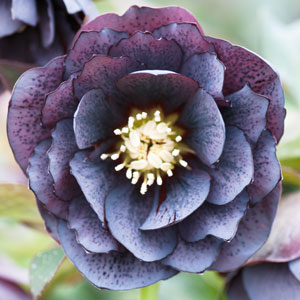
Hellebores
-
Daphne
Daphne is a low-growing plant full of fragrance. It blooms in white, or in clusters of pale-pink flowers which fade to white. As it blooms from early winter, it is considered one of the most desirable winter flowers to liven up a garden. Check out our Daphne growing guide.
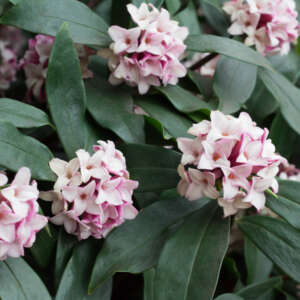
Daphne odora Pink – Garden Express Australia
-
Crocus
The crocus plant is an eye catching addition to your garden in winter. While there are a number of different types of crocus, it is the Dutch crocus that blooms in winter. You can recognise the Dutch crocus plant by its slender green leaves, purple, white, or yellow cup-shaped flowers, and distinctive orange-yellow stigma in the centre. Check out our Ductch Crocus growing guide.
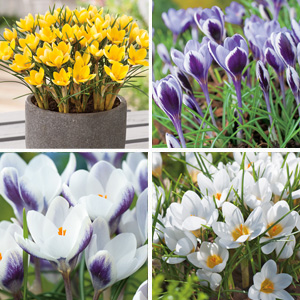
Crocus Specialty Collection Colcrosco 2021
-
Correa
Correa, specifically the Correa ‘Dusky Bells’, is a hardy rounded shrub that is both drought and frost tolerant. It actually prefers shade as opposed to full sun, and in winter will bloom masses of green-tipped ivory flowers. Correa is a great year-round option for hedging. Check out our Correa Crocus growing guide.
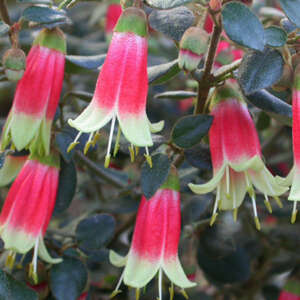
Correa Canberra Bells Pplcorcbe
-
Grevillea
Grevillea ‘Winter Delight’ is one of the most popular flowering plants for winter. It is a low-mounding shrub and groundcover that yields soft grey foliage with a scatter of scarlet and cream flowers.
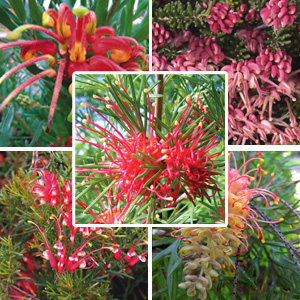
Grevillea Collection Colgreco 2021
Caring for flowering plants in winter
We often hear how important it is to let dormant plants rest during winter, and have a good prune. This approach changes for flowers that grow in winter. Familiarising yourself with how to care for winter flowers will help you maintain a garden full of colour all year round.
1. Choose a suitable growing spot
Familiarise yourself with the preferences of your winter flowers. While some winter plants love partial to full shade, others may need more exposure to some sunlight. You will also need to ensure your winter flower is planted in appropriate soil. Most prefer well-drained soil conditions.
2. Plant in spring or autumn
If you are planting your winter flowers because you want your garden to continue to have spots of colour during what is usually considered the ‘dormant season’, then it is highly recommended that you plant your winter flowers in spring or autumn to give them time to grow and bloom.
3. Water regularly
In areas without adequate winter rainfall, continue watering your plants throughout winter. You ideally want to keep the water moist, but not water-logged. Watering is best done during the warmest part of the day, as watering in the evening can encourage frost damage to foliage.
4. Fertilise your plants
Feeding your winter plants with a balanced fertiliser during spring and autumn will help to promote a healthy growth and abundance of blooms in winter.
5. Remove spent flowers
Deadheading flowers once they are spent will help promote a bloom for the next winter.
Want to know more about growing flowering plants in winter? The team at Garden Express are here to recommend the best flowering plants for winter, and share tips so you can keep your garden colourful all year long. Give us a call on 1300 606 242 or fill out our contact form to start preparing your garden for winter.







Comments are closed.